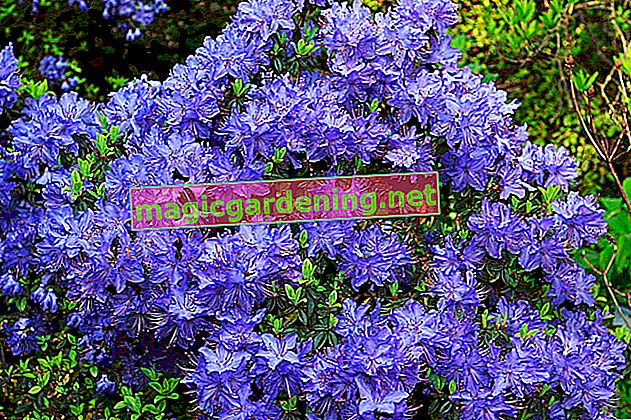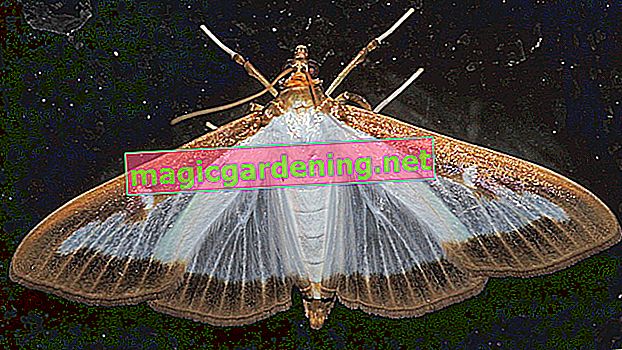
Prevent seed formation
So that it doesn't get that far in the first place, it is advisable to consistently remove everything that has withered during the entire flowering period. A flat pod with six to eight seeds ripens from each flower. Once dropped on the ground, the seeds usually survive the Central European winter unscathed and begin to germinate in spring. The vetch is vigorous and within a very short time the small plants reach considerable heights.
also read
- The seeds of the vetch
- The vetch, a fragrant climbing artist
- How should you water vetch?
One can make use of this. In places where you want to care for vetch every year, you can let the pods ripen and ensure that the plant is self-seeding.
Sweet peas can also thrive lying down
The vetch as well as the wild vetch not only thrive in a creeping manner, but also like to grow lying in the lawn. Since these plants are relatively undemanding, it can happen that they almost completely overgrow little noticed garden corners. You should therefore regularly pull out vetches that grow out of the bed.
There are special weed killers for vetch available on the market, which prove to be very helpful when there is too much wild growth. However, like all chemical weed killers, use them wisely.
Vetch are ecologically valuable
However, it should not be overlooked that the seeds of the vetch contain a lot of protein and are an important source of food for many birds. Numerous wild bees, bumblebees and other insects also appreciate this wild vetch, as it produces a lot of nectar over a period of weeks. If this vetch spreads in a corner of the garden in which it does not disturb, you should see the plant as a decorative useful plant from an ecological point of view.
Tips
The very annoying garden bindweed is often confused with sweet peas. However, sweet peas have butterfly flowers while the bindweed forms white, funnel-shaped flowers. The spread of winds is difficult to contain as this plant not only reproduces by means of seeds but also by root runners.








